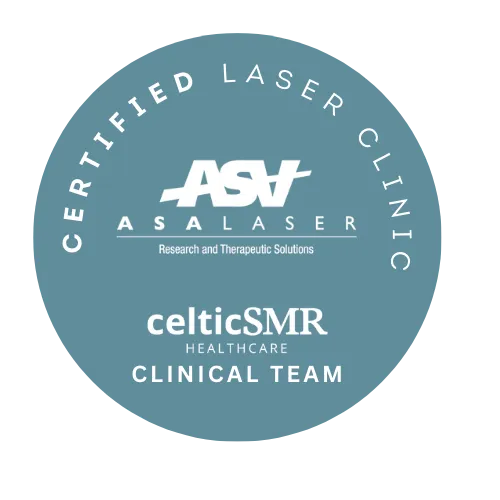When it comes to foot health, it is very important to take great care of your toenails. Your toenails are often the first part of your feet that are impacted by infections, poor fitting shoes, and a host of other issues that can cause trouble for your feet. The following are nine tips that will help you achieve healthier toenails.
Choose socks made with moisture-wicking fabric
One of the most common culprits behind infected toenails may surprise you: the socks you wear. Most socks are made with blended fabrics that tend to trap moisture. Fungi thrive in moisture-heavy environments, increasing your chance of developing toenail infections and athlete’s foot. Make sure you choose socks that are made with moisture wicking fabric, which will wick away sweat and reduce your chances of fungal infections.
Don’t wear socks or shoes all the time
It’s important to give your feet a chance to breathe. This includes foregoing socks as well as shoes from time to time. Take off your shoes when you walk around the house when you come home. You can also consider going to bed without socks or taking off your socks while you enjoy leisure time around the house.
However, note that if you are diabetic or have any conditions affecting your immune system, you should wear some footwear inside to protect your feet from cuts and other injuries.
Avoid shoes that are too thin
Shoes that are too thin will compress your feet. More particularly, they are likely to squeeze your toes, as they often have even thinner toe boxes. If your toes become compressed, this increases the chance of blisters,
Regularly inspect your nails
How often do you inspect your toenails? Most people glance at them every once in a while and that’s it. You should regularly inspect your nails for signs of infection, signs that they are not growing properly, discolouration or anything that may warrant a further look.
Dry your toenails (and feet!) after they get wet
Always dry your feet and toenails completely after they get wet from the shower or pool. It is essential to take special care to dry your toenails and the areas in between your toes, as these are common places where fungi thrive.
Let your sweaty shoes “air” between wearing
If you sweat into your shoes, you need to let them air before wearing them again. If you wear your shoes again too soon, they will still be somewhat damp, which means they are a perfect environment for fungi to thrive inside. If possible, have more than one pair of shoes that you can switch between while the other pair dries out.
Keep your nails trimmed
Longer toenails may look nice (especially painted fun colours!), but long toenails are likely to become broken or cracked when they rub up against the front of your shoe. Always keep your toenails neatly trimmed short. It is best to trim your toenails straight across rather than curved.
If you spot an ingrown toenail, take action immediately to prevent the problem from worsening.
Wear shoes in public areas
It can be tempting to simply walk barefoot in the locker room after you take a shower at the gym, or walk barefoot around the public pool. But these are prime locations for athlete’s foot and all types of infection-causing fungi. You should always wear some shoes in these types of public areas.
Use anti-fungal powder in shoes
If you find yourself prone to fungal infections, consider using anti-fungal powder in your shoes. This powder is designed to keep your shoes dry and kill any fungi that have made their way inside.
Remember, you should do everything possible to prevent these toenail problems. If you are experiencing any issues with your toenails, consult a professional immediately so the problem can be adequately treated.
*This blog contains general information about medical conditions and is not advice. You must not rely upon the information in this blog as medical advice. Medical advice should always be sought from an appropriately qualified podiatrist such as ourselves.


